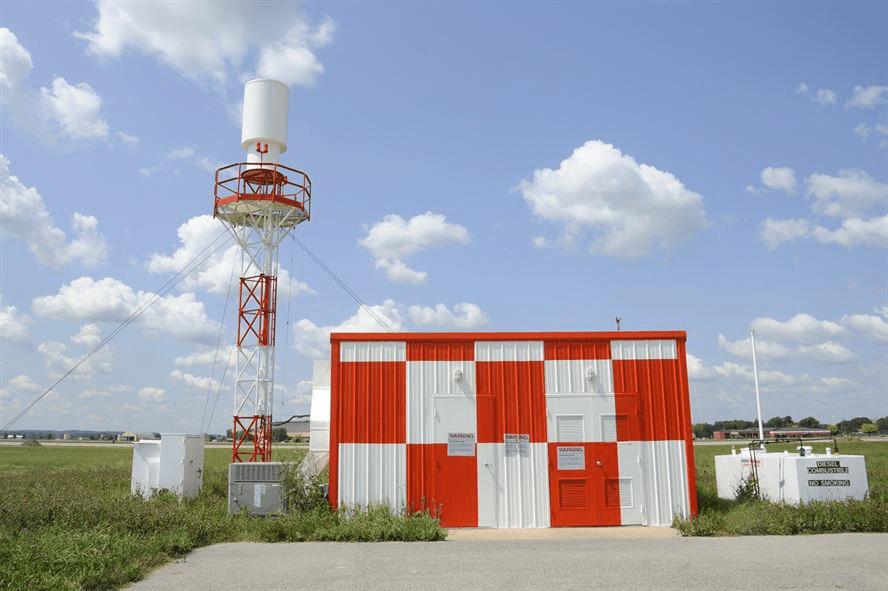

The latest modern version of TACAN has been tested and could be a feasible back-up to future Air traffic control systems and may even be integrated into systems for a seamless back up.
TACTICAL AIR NAVIGATION SYSTEM PORTABLE
The requirement now is to have portable TACAN that is IFR certifiable, both station and portable systems. TACAN stations can provide distance up to 390 nautical miles. Accuracy of the DME portion must be 926 m (0.500 nmi) or 3 percent of slant range distance, whichever is greater, per FAA 9840.1 1982. Theoretically a TACAN should provide a 9-fold increase in accuracy compared to a VOR, but operational use has shown only an approximate 3-fold increase.Īccuracy of the 135 Hz azimuth component is ☑° or ☖3 m at 3.47 km. Because the rotation of the antenna creates a large portion of the azimuth (bearing) signal, if the antenna fails, the azimuth component is no longer available and the TACAN downgrades to a DME only mode. The TACAN transponder performs the function of a DME without the need for a separate co-located DME. This is a station composed of a VOR for civil bearing information and a TACAN for military bearing information and military/civil distance measuring information. These co-located stations are known as VORTACs. Therefore, to reduce the number of required stations, TACAN stations are frequently co-located with VOR facilities. The distance measurement component of TACAN operates with the same specifications as civil DMEs. The bearing unit of TACAN is more accurate than a standard VOR since it makes use of a two-frequency principle, with 15 Hz and 135 Hz components, and because UHF transmissions are less prone to signal bending than VHF. It operates in the frequency band 960-1215 MHz.

TACAN in general can be described as the military version of the VOR/DME system. of the Hoffman Electronics Corp.–Military Products Division (now NavCom Defense Electronics) was a leader in developing the present TACAN system in the US starting in the late 1950s. In the United States, many companies were involved with the development of TACAN for military aircraft. The TACAN navigation system is an evolution of radio transponder navigation systems that date back to the British Oboe system of World War II. A TACAN only equipped aircraft cannot receive bearing information from a VOR only station. Depending on the installation, Air-to-Air mode may provide range, closure (relative velocity of the other unit), and bearing, though an air-to-air bearing is noticeably less precise than a ground-to-air bearing. Capability was later upgraded to include an air-to-air mode (A/A) where two airborne users can get relative slant-range information. The typical TACAN onboard user panel has control switches for setting the channel (corresponding to the desired surface station’s assigned frequency), the operation mode for either transmit/receive (T/R, to get both bearing and range) or receive only (REC, to get bearing but not range). The space shuttle is one such vehicle that was designed to use TACAN navigation but later upgraded with GPS as a replacement. Aircraft equipped with TACAN avionics can use this system for en route navigation as well as non-precision approaches to landing fields. The DME portion of the TACAN system is available for civil use at VORTAC facilities where a VOR is combined with a TACAN, civil aircraft can receive VOR/DME readings. It is a more accurate version of the VOR/DME system that provides bearing and range information for civil aviation. It provides the user with bearing and distance (slant-range or hypotenuse) to a ground or ship-borne station. A tactical air navigation system, commonly referred to by the acronym TACAN, is a navigation system used by military aircraft.


 0 kommentar(er)
0 kommentar(er)
